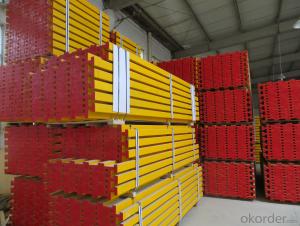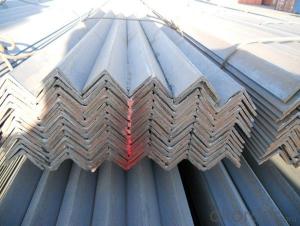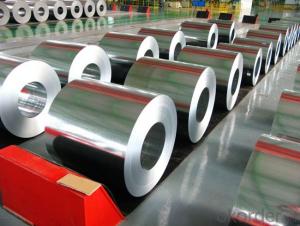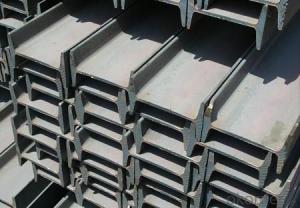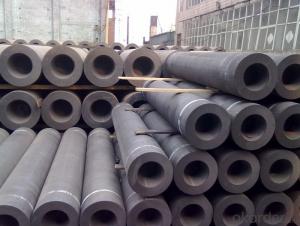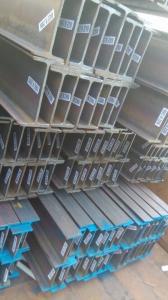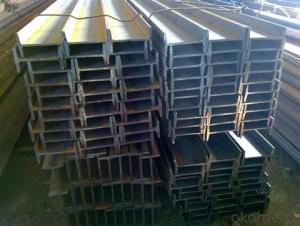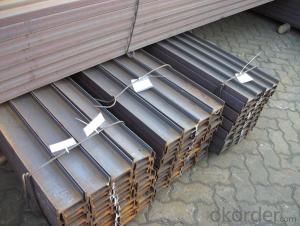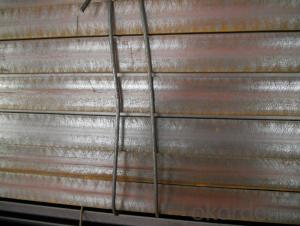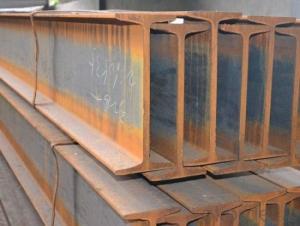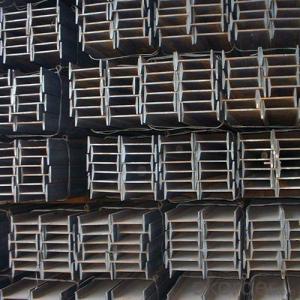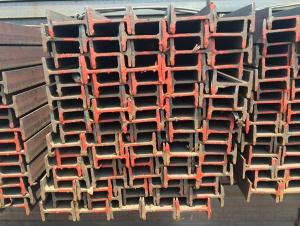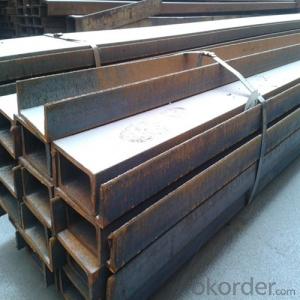L Beam Steel
L Beam Steel Related Searches
Best Paint For Stainless Steel Blanket Insulation For Steel Buildings Primer For Galvanized Steel Foam Filter For Stainless Steel H S Code For Stainless Steel Surface Grinding Wheels For Stainless Steel Surface Grinding Wheels For Hardened Steel Hole Saw For Stainless Steel Paint For Stainless Steel Stainless Steel For BbqHot Searches
Steel Mesh Panels For Sale Price For Stainless Steel Scrap Scrap Price For Stainless Steel Price For Stainless Steel Stainless Steel Tank For Sale Stainless Steel Sheets For Sale Cheap High Tea Sets For Sale Stainless Steel Tanks For Sale Stainless Steel For Sale High Density Fiberboard For Sale Solar Hot Water Collectors For Sale Scaffolding For Sale In Uae Scaffolding For Sale In Ireland Scaffolding For Sale In Houston Type Of Inverter For Solar Price Of Shipping Containers For Sale Types Of Inverter For Solar Stock Price For Aluminum Used Solar Inverter For Sale Steel Mesh Panels For SaleL Beam Steel Supplier & Manufacturer from China
Okorder.com is a professional L Beam Steel supplier & manufacturer, offers integrated one-stop services including real-time quoting and online cargo tracking. We are funded by CNBM Group, a Fortune 500 enterprise and the largest L Beam Steel firm in China.Hot Products
FAQ
- Yes, steel I-beams can definitely be used in shopping malls or commercial buildings. In fact, they are commonly used in the construction of such structures due to their strength, durability, and versatility. Steel I-beams have excellent load-bearing capabilities, allowing them to support heavy loads and withstand high levels of stress. This makes them ideal for use in large, open spaces like shopping malls or commercial buildings, where there is a need for wide spans and open floor plans. Additionally, steel I-beams are resistant to fire and other natural elements, making them a safe and reliable choice for structural support in these types of buildings.
- Yes, steel I-beams can be used for overhead crane systems. Steel I-beams are commonly used as the main structural component for overhead crane systems due to their strength and durability. These beams are designed to support heavy loads and can be customized to meet the specific requirements of the crane system. Additionally, steel I-beams provide excellent resistance to bending and twisting forces, making them suitable for supporting the weight and movement of the crane and its load. They are also versatile and can be easily integrated into the overall design of the crane system. Overall, steel I-beams are a popular choice for overhead crane systems due to their reliability and ability to handle heavy loads.
- Steel I-beams are renowned for their exceptional ability to resist wind uplift. This is due to the efficient load distribution enabled by the design of I-beams. The I-beam's shape contributes to its high strength-to-weight ratio, allowing it to withstand the uplift forces generated during high wind events. The flanges of the I-beam are specifically designed to combat bending and torsional forces, which are commonly encountered in wind uplift scenarios. Furthermore, the web of the I-beam provides stability and prevents the beam from buckling under the pressure of the wind. The wind uplift resistance of steel I-beams is further enhanced through the utilization of appropriate connections. These connections, carefully designed to ensure a secure and rigid system, connect the I-beams to other structural elements such as columns and foundations. Their purpose is to transfer the uplift forces from the I-beams to the rest of the structure, guaranteeing overall stability and resistance to wind uplift. It is crucial to acknowledge that the performance of steel I-beams in wind uplift situations can be influenced by a variety of factors. These factors include the specific design and dimensions of the beams, the quality of fabrication and installation, and the overall structural system. Therefore, it is of utmost importance to seek guidance from a structural engineer or design professional to ensure that the steel I-beams are appropriately sized and installed to withstand the wind uplift forces particular to the project location and design criteria.
- Steel I-beams are a preferred choice for construction in seismic zones due to their excellent performance in resisting seismic forces. Their inherent strength and stiffness help them endure ground vibrations and maintain structural integrity during earthquakes. Additionally, their ductility allows them to absorb and dissipate energy, reducing the potential for structural damage. Overall, steel I-beams are highly effective in ensuring the safety and stability of buildings in seismic zones.
- Yes, steel I-beams can be used in office or commercial buildings. Steel I-beams are commonly used in the construction of commercial and office buildings due to their strength, durability, and versatility. They are designed to provide structural support and can withstand heavy loads, making them ideal for constructing large open spaces, such as offices, retail spaces, and warehouses. Additionally, steel I-beams allow for flexibility in design as they can span long distances without the need for additional support columns, providing a more open and spacious environment. Furthermore, steel is a fire-resistant material, which is crucial for ensuring the safety of occupants in commercial buildings. Overall, steel I-beams are widely used in office and commercial buildings due to their structural integrity, design capabilities, and fire-resistant properties.
- What are the meanings of I-beam BH300 x 200 x 6 x 8 in steel structures?
- BH is welded to H type steel, not hot-rolled steel H from steel mill. Generally processed by the factory with three pieces of steel welded. BH300*200*6*8, i.e., high 300mm* wide 200mm* web 6mm* flange 8mm.
- Engineers determine the required size of a steel I-beam for a specific application through a process known as structural analysis and design. This involves several considerations and calculations to ensure the beam can safely support the applied loads. First, engineers evaluate the loads that the beam will bear, including dead loads (the weight of the structure itself) and live loads (such as people, furniture, or equipment). They also consider potential dynamic loads, such as wind or seismic forces, that could affect the beam. Next, engineers analyze the geometry and support conditions of the beam, including its span length, the distance between supports, and the type of support (e.g., fixed or pinned). These factors affect the beam's ability to resist bending and deflection. Based on these inputs, engineers use structural analysis software or manual calculations to determine the internal forces acting on the beam. These forces include bending moment, shear force, and axial force. These internal forces are then used to determine the required size of the beam. The required size of the steel I-beam is determined by considering the maximum allowable stress and deflection limits set by building codes and industry standards. Engineers select a beam shape, such as an I-beam, based on its ability to efficiently distribute the load and resist bending. Additionally, engineers may consider other factors such as the availability and cost of different beam sizes and the desired aesthetics of the structure. Overall, determining the required size of a steel I-beam involves a comprehensive analysis of the applied loads, structural geometry, and material properties to ensure the beam meets safety and performance requirements for the specific application.
- Yes, there are several design considerations for incorporating steel I-beams in sustainable bridges. Firstly, the selection of steel for the I-beams should take into account its environmental impact. Using recycled or repurposed steel can significantly reduce the carbon footprint of the bridge. Additionally, the design should aim to minimize the amount of steel used while still maintaining structural integrity. To enhance sustainability, the bridge should be designed to have a long service life. This can be achieved by incorporating corrosion-resistant coatings on the steel I-beams, which will protect them from environmental factors and extend their lifespan. Regular inspections and maintenance should also be implemented to identify and address any potential issues before they become major problems. Furthermore, the design should consider the overall aesthetics and integration of the bridge into its surroundings. By incorporating natural materials, such as wood or vegetation, the bridge can blend harmoniously with the environment and enhance the visual appeal. Additionally, the design should consider the impact on local ecosystems, such as preserving aquatic habitats or creating wildlife passages. Another important consideration is the construction process itself. Utilizing sustainable construction practices, such as minimizing energy consumption, reducing waste, and using eco-friendly materials, can further enhance the sustainability of the bridge. Additionally, the design should consider the ease of disassembly and recyclability of the bridge components at the end of its life cycle. Overall, incorporating steel I-beams in sustainable bridges requires careful consideration of material selection, design longevity, environmental impact, aesthetics, construction practices, and end-of-life recyclability. By addressing these considerations, bridges can be designed and constructed to be environmentally friendly, visually appealing, and durable structures that contribute to sustainable development.



















